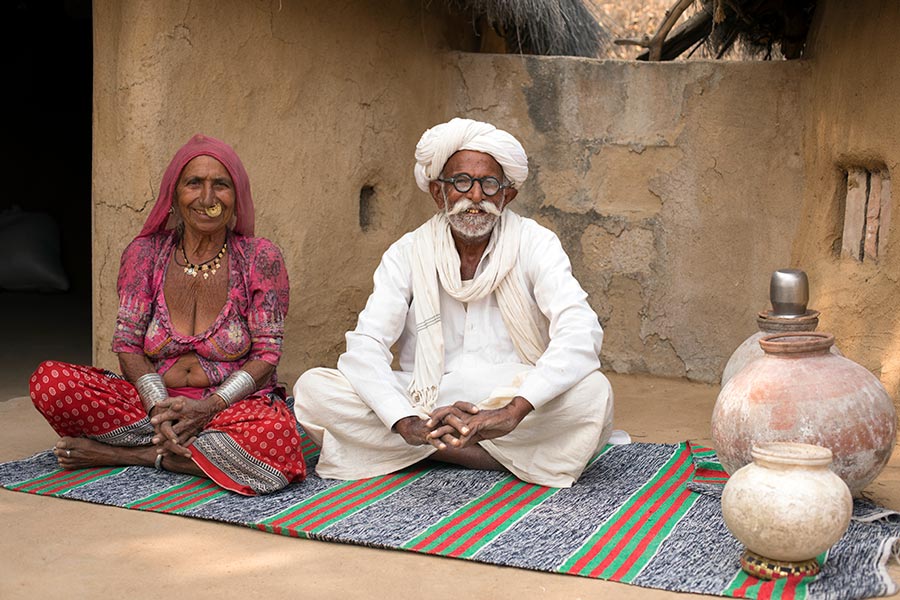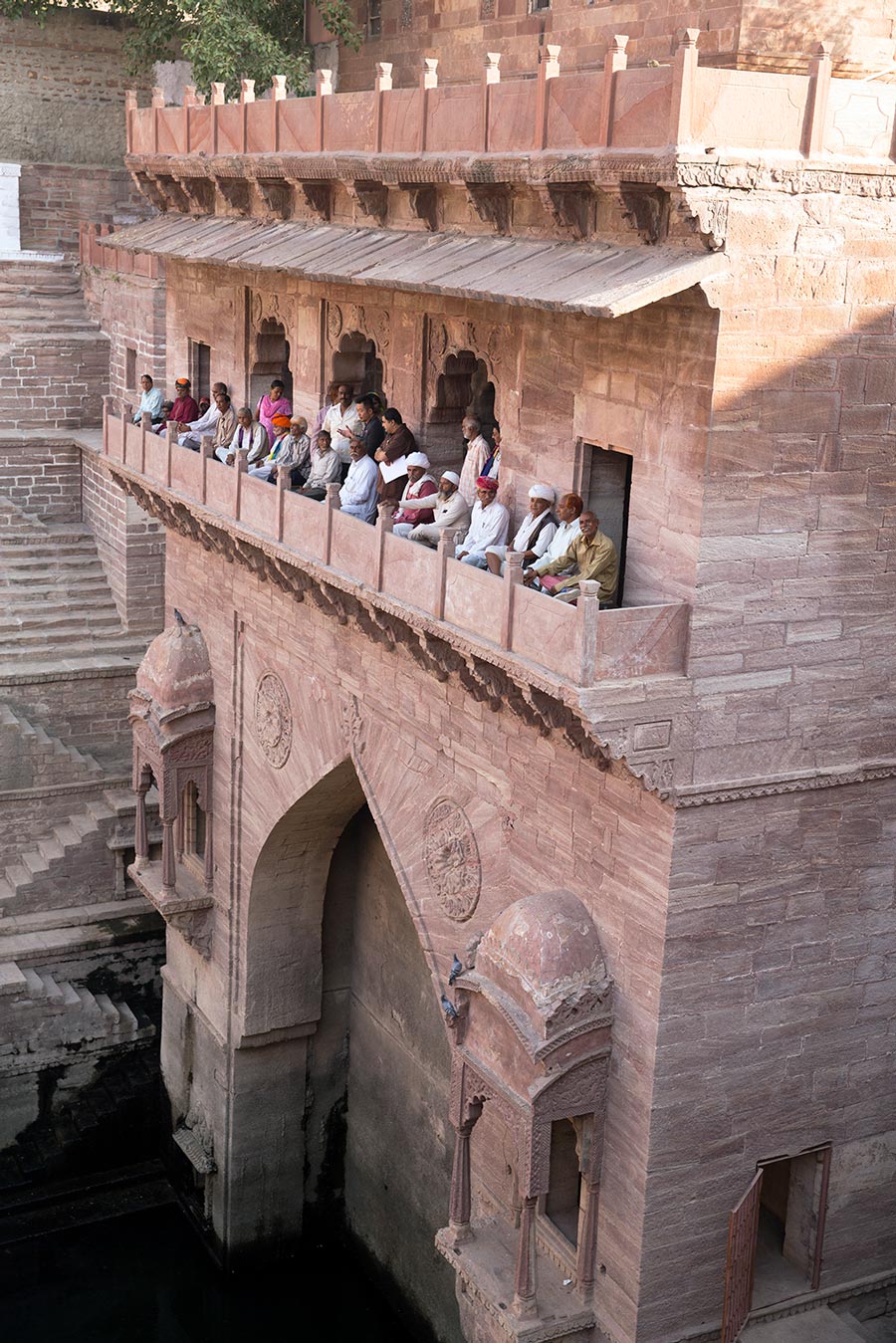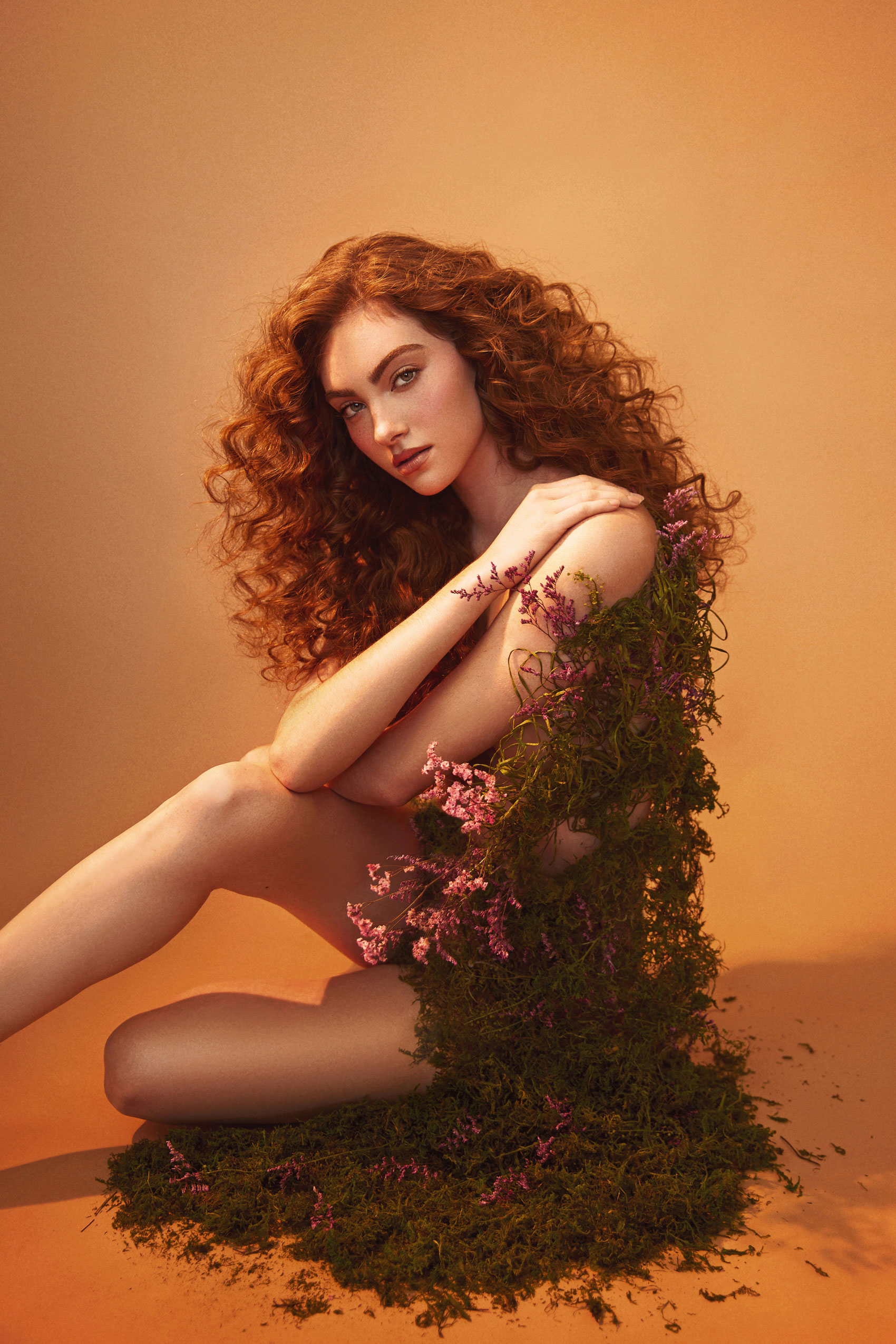A passage to India
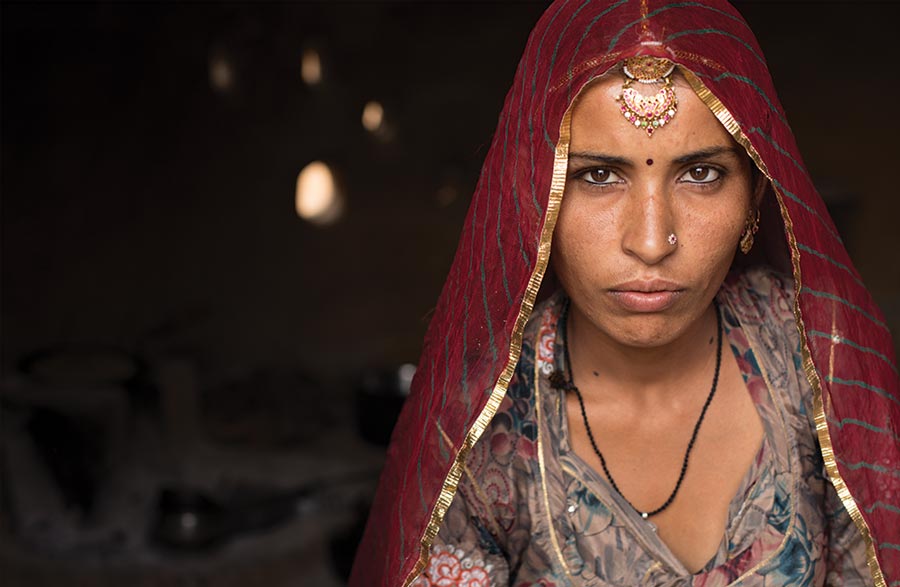
Written by Allison Rulon- Miller, From Lost to Found Travel
Photography by
Dominic Petruzzi
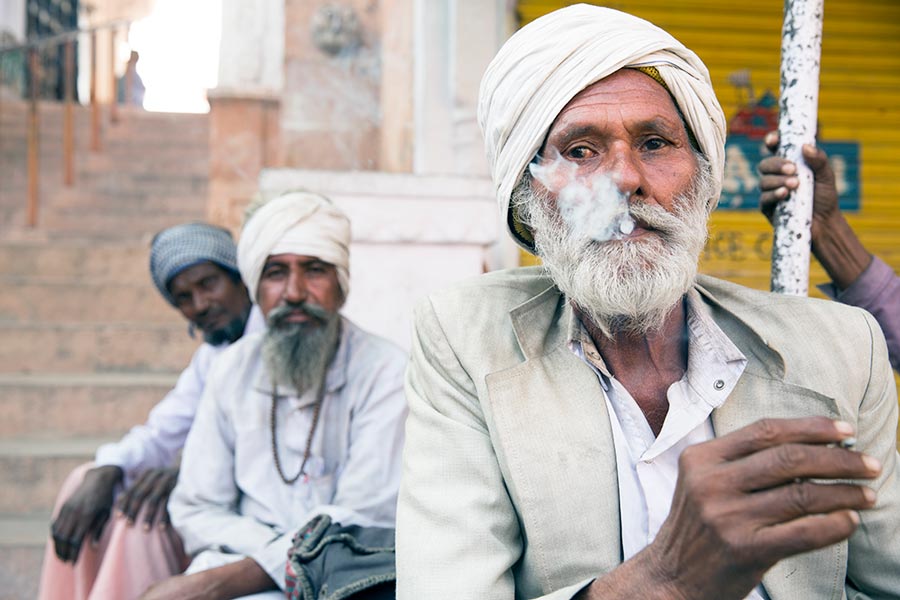
The area around Jodhpur, Rajasthan is a favorite of mine and of my clients, full of monumental architecture, traditional crafts, natural beauty and award-winning hotels. My original plan was to act as tour guide to Shay in the downtime between her photo sessions. However, the sheer number of looks that Modeliste wanted to capture, along with the logistical challenges of shooting in ancient towns and remote landscapes, did not leave much time for exploration.
Imagine a caravan of tuk-tuks…one crammed with evening gowns and hair spray, another with bags of samosas and chai for sustenance, several more with the stylists and photographers, one with my Hindi-speaking guides, one with Shay and Matte…weaving its way at the speed of light through the old bazaar of Jodhpur in order to catch the light perfectly at a specific blue-tinted house or crumbling wall…I decided that everyone would be better off with a mid-day nap. In the end, the photo shoot was tremendous fun, and a welcome change of pace from my usual touring routine. Nonetheless, for aspiring travelers, here are some highlights of the region:
JODHPUR
is the second largest city in Rajasthan. It is situated on the eastern edge of the Thar Desert, an arid expanse of over 77,000 square miles that forms a natural boundary between India and Pakistan. The visual centerpiece of Jodhpur is unquestionably Mehrangarh Fort, which rises out of the earth like an ancient ziggurat. The Marwar ruler Rao Jodha began construction on this sandstone fort in 1459, with subsequent additions made by later rulers up until the mid-19th century. My favorite spot within the fort is Chokhelao Bagh, an 18th-century Marwar garden lushly planted with fruiting trees and fragrant shrubs. I am also fascinated by a collection of miniature paintings made between the 17th and 19th centuries for the Jodhpur royal family, sometimes referred to as the Garden and Cosmos paintings. These images of courtly life, pleasure gardens, seasonal festivals, polo matches, Hindu deities, and the spiritual world can hold my attention for hours.
www.mehrangarh.org
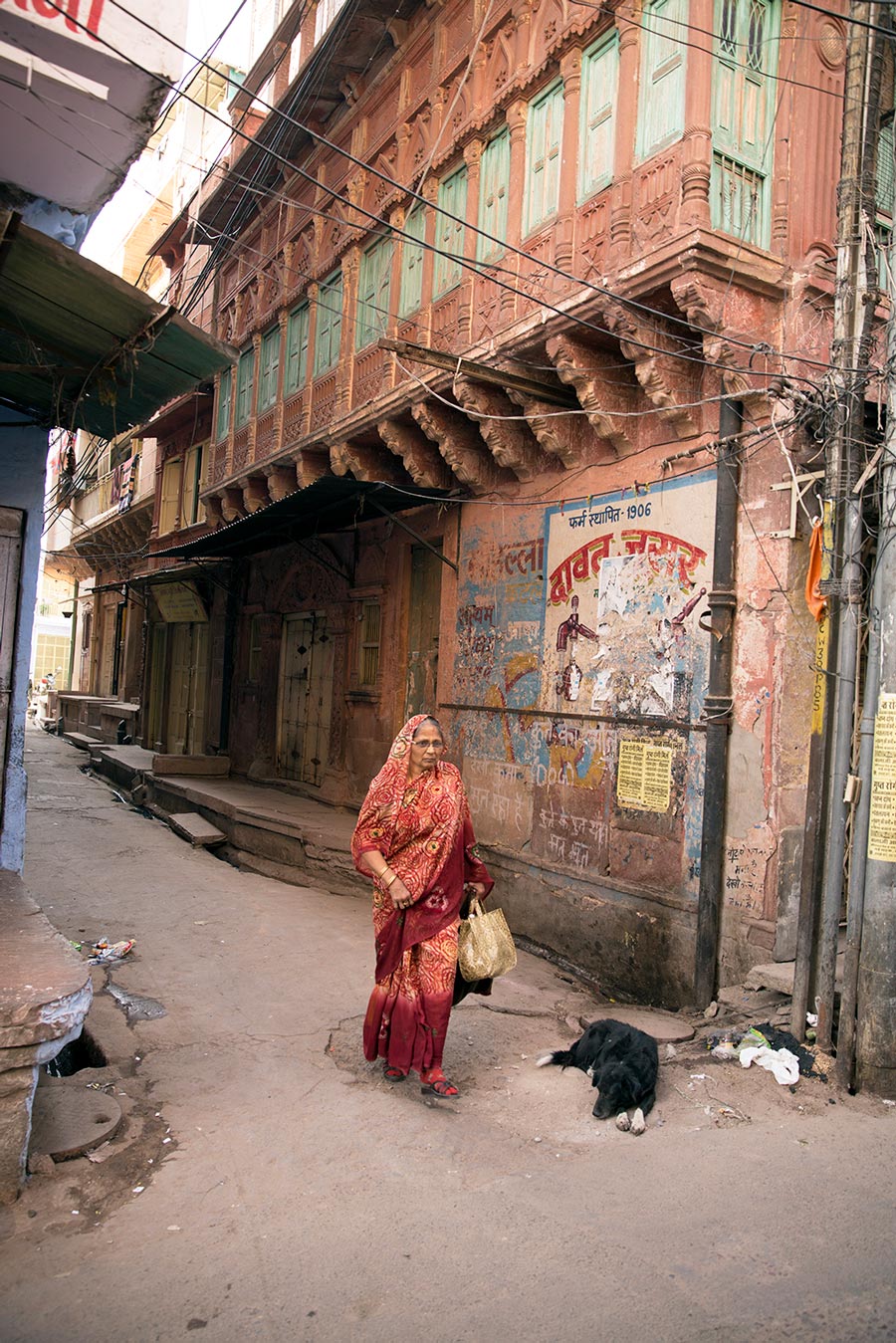
RAO JODHA DESERT ROCK PARK
Another place in Jodhpur that I keep returning to is the Rao Jodha Desert Rock Park. This project was conceived by the Mehrangarh Museum Trust in 2006 as a way to restore the natural ecology of the area around the fort. Invasive species were removed and native lithophytes, which are plants specially adapted to arid, rocky habitats, were replanted. Today the park contains over 300 species of trees, shrubs, vines, herbs, grasses and sedges, and is a robust wildlife habitat that supports a variety of birds, butterflies and reptiles.
www.raojodhapark.com
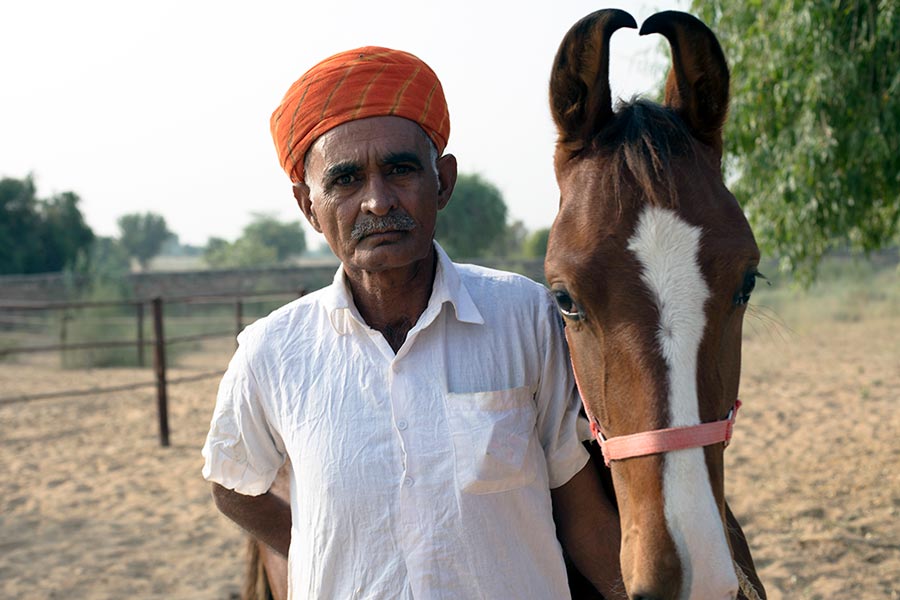
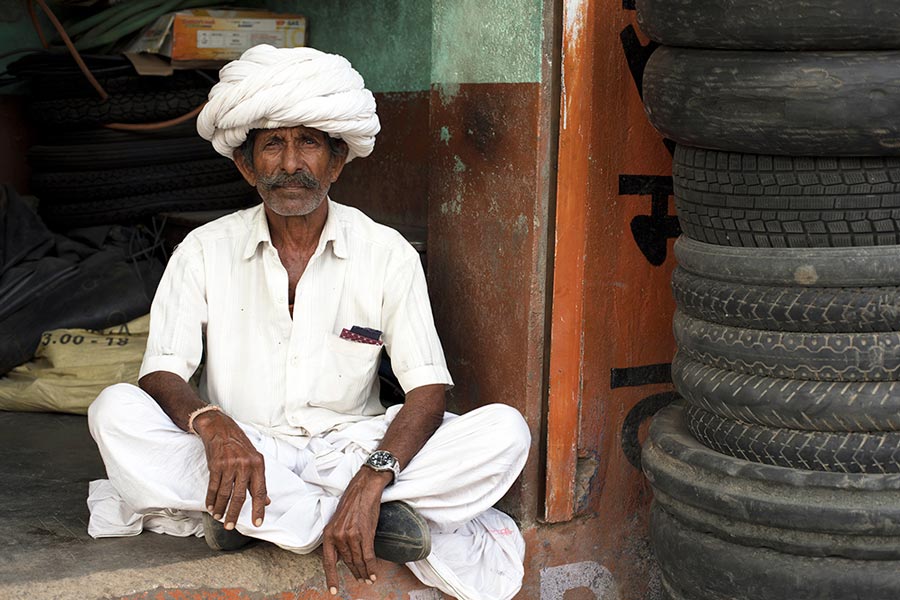
WATER IS KING
For over five hundred years, manmade and natural reservoirs have been utilized in the desert around Jodhpur for the collection of rainwater. The city still contains a sophisticated network of water channels and reservoirs which was once used to provide water to residents. Stepwells, also known as baoris, baolis or vavs, are water reservoirs that resemble inverted pyramids; a series of stone staircases lead to multiple subterranean levels. As water levels decline, indicating hotter, drier weather on the surface, residents could descend into the cool depths to collect water and enjoy each other’s company.
Due to their popularity as a meeting point, stepwells frequently served as taxation points along the desert caravan routes. Toorji Ka Jhalra, an 18th century stepwell adjacent to the Raas hotel in Jodhpur, was recently cleaned and restored. Shay bravely made her way down into its mouth, in heels no less, so that Modeliste could capture the perfect pose. Not to be outdone, she was joined by several Indian brides-to-be who wanted the stepwell as a backdrop for their shaadi, aka wedding, photos!
OSIAN
one hour from Jodhpur, is home to a number of Hindu and Jain temples built by wealthy traders between the 8th and 12th centuries when the town was an important stop on the caravan route to Central Asia. While Shay unfortunately missed the temples, she did enjoy a camel ride in Osian’s sand dunes. All was going well until the last shot of the day…striding through the dunes in a billowing yellow gown, Shay’s furry escort got a little jealous and kicked her in the back. The only cure would be cocktails, dinner and traditional Marwari music under the stars at Reggie’s Camel Camp, a luxury tented camp in the desert.
GHANERAO CASTLE
two and a half hours from Jodhpur, is the 17th century ancestral home of the Mertiya Rathores. This atmospheric fort-palace complex features traditional Rajput architecture, and is filled with historic artifacts belonging to the ruling family. The castle was a fashion photographer’s dream, and the editorial team had a hard time narrowing down locations for the shoot. My personal favorite, which thankfully made the cut, was a carved marble baradari, which is a gazebo-like structure found in Mughal and Rajput palaces and gardens. Strolling through Ghanerao town one morning enabled the team to see mothers cooking breakfast and getting their children ready for school and locals performing morning temple rituals.
Visitors to Rohet, one hour from Jodhpur, should venture out in a jeep through the scrub desert to view local wildlife such as blackbuck antelope and herds of peacocks. We were grateful that Modeliste was able to photograph Shay in a traditional Bishnoi household (in a relatively modest gown and with the approval of the house elder). The Bishnoi are fervent environmentalists who strive to protect every living creature. While Bishnoi men dress only in white, the women wear bright colors and spectacular jewelry, including heavy nose rings that tie around the forehead and ears to lessen the load on the nose. Some of the group also visited a Brahmin village and participated in a recreation of a traditional opium ceremony. Shay was later photographed with the region’s famed Marwari horses, a rare breed known for its inward-turning ear tips and ambling gait. Marwari horses are descended from native Indian ponies that have been crossed with Arabian horses, and equestrians worldwide come to Rohet to ride them.
